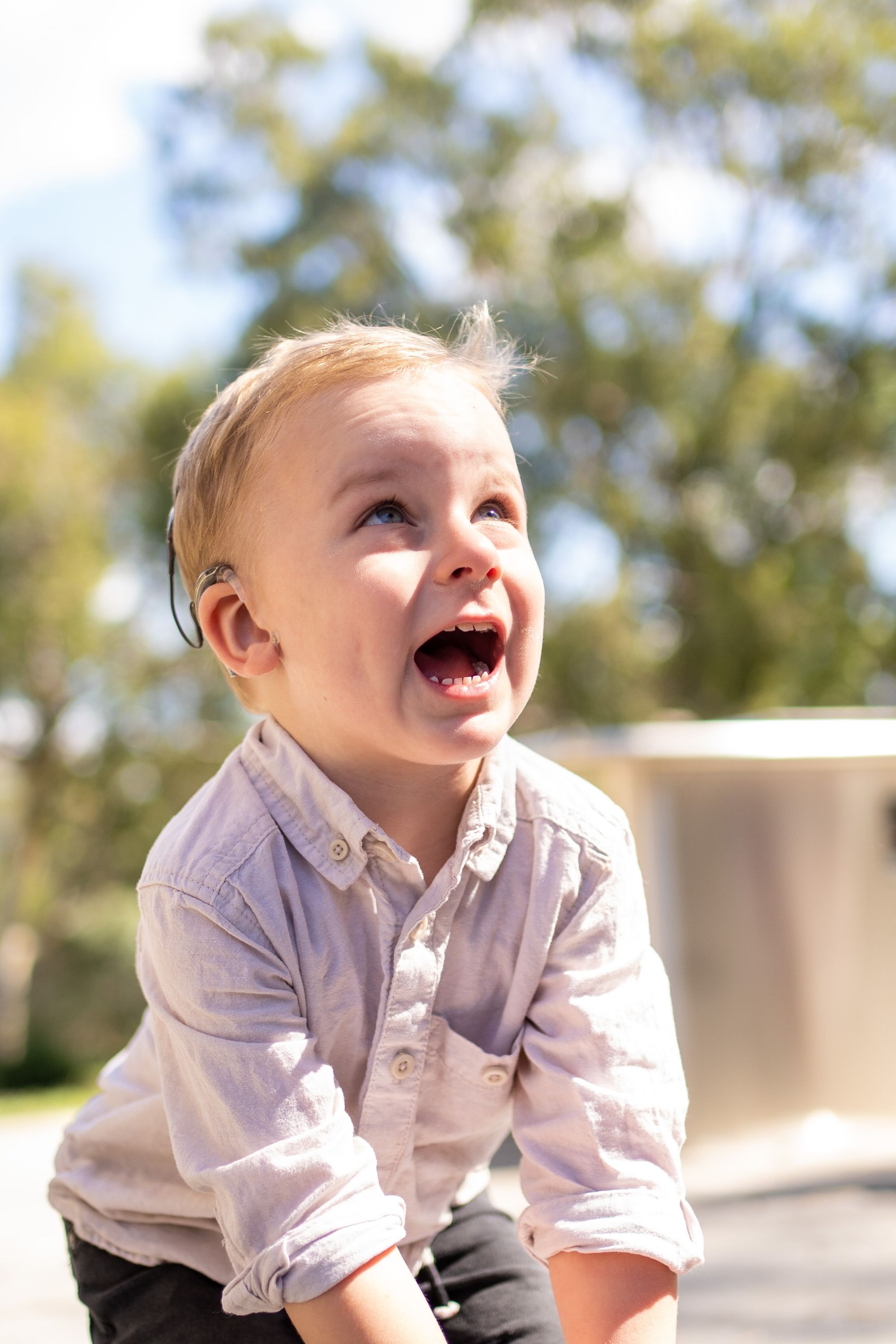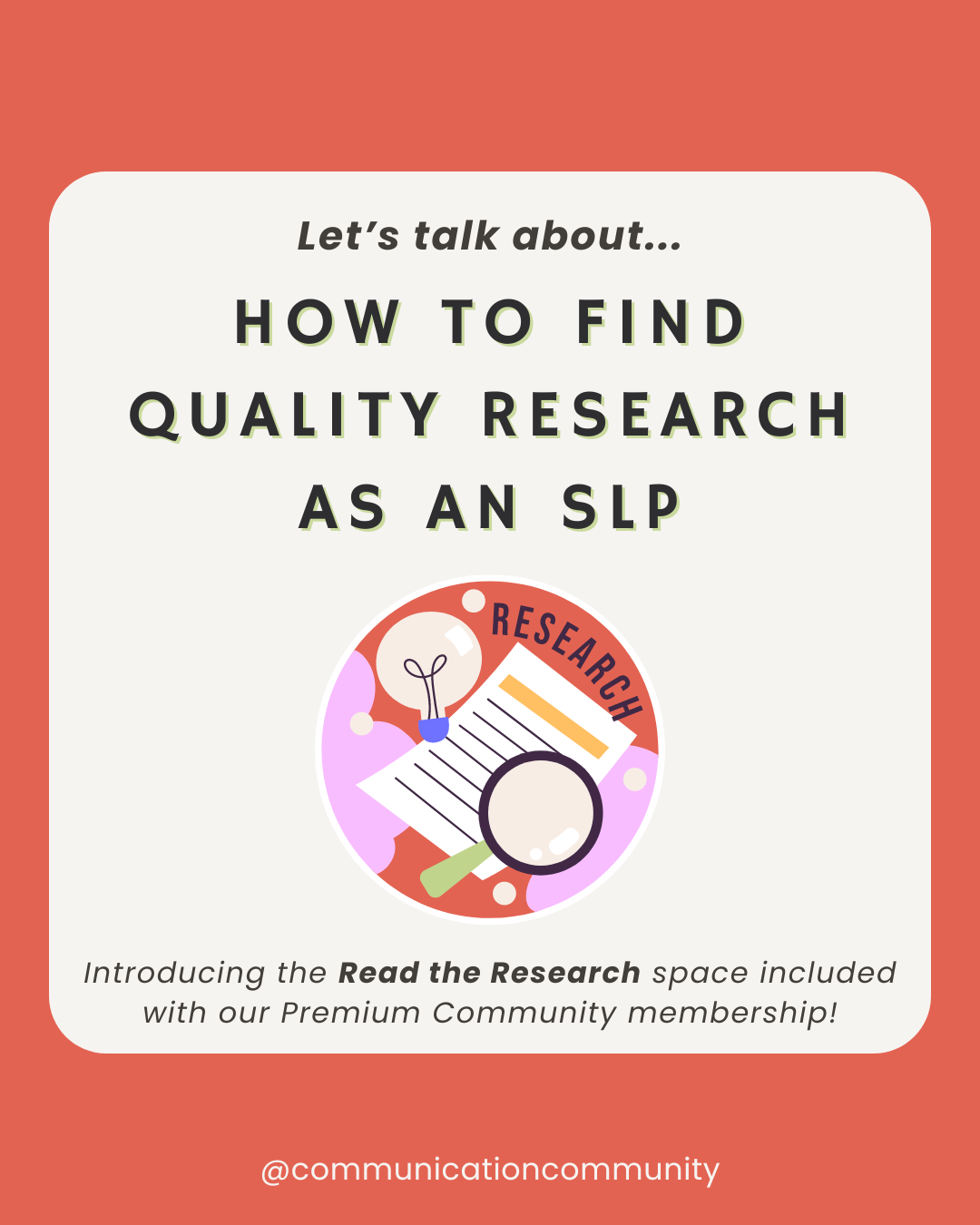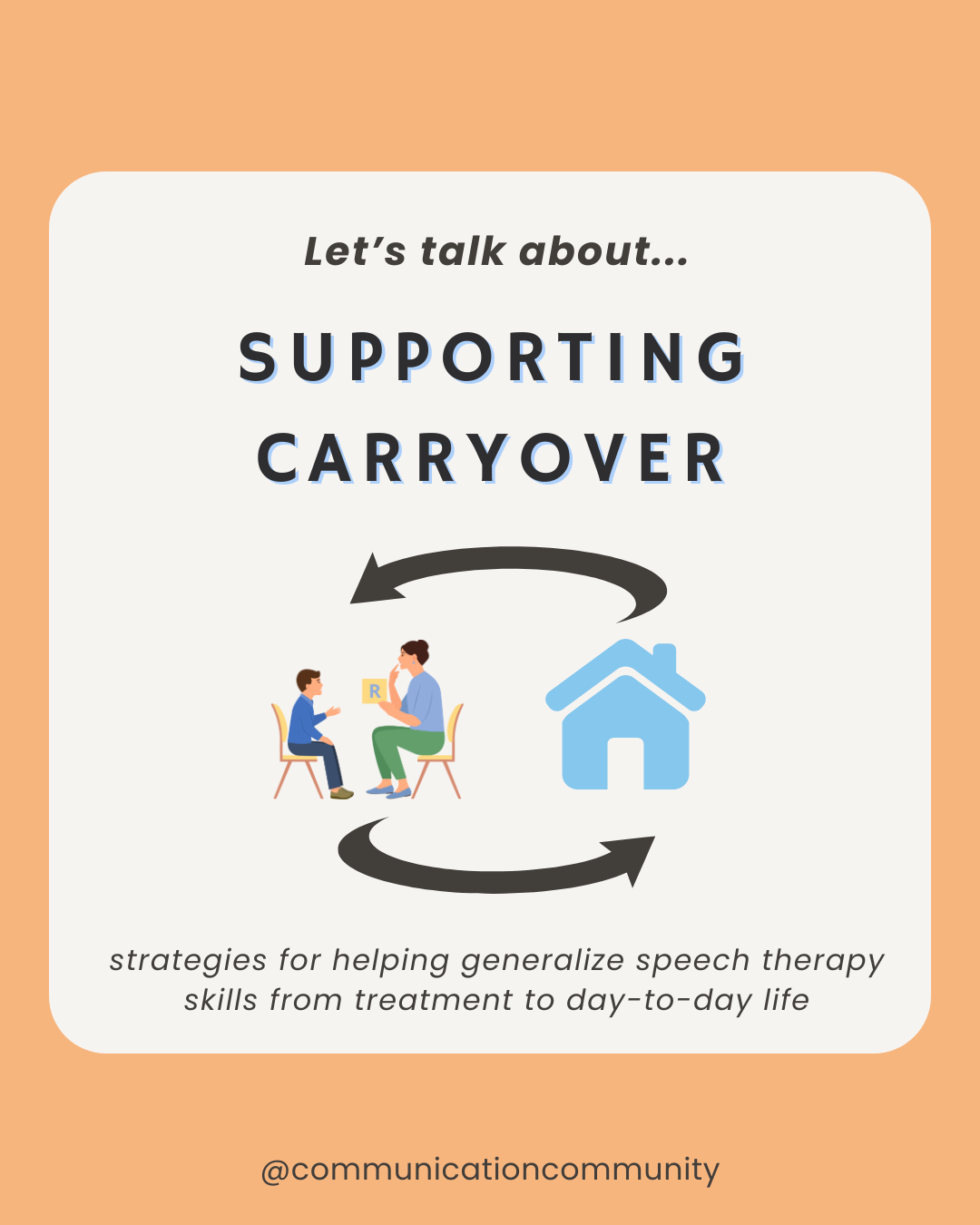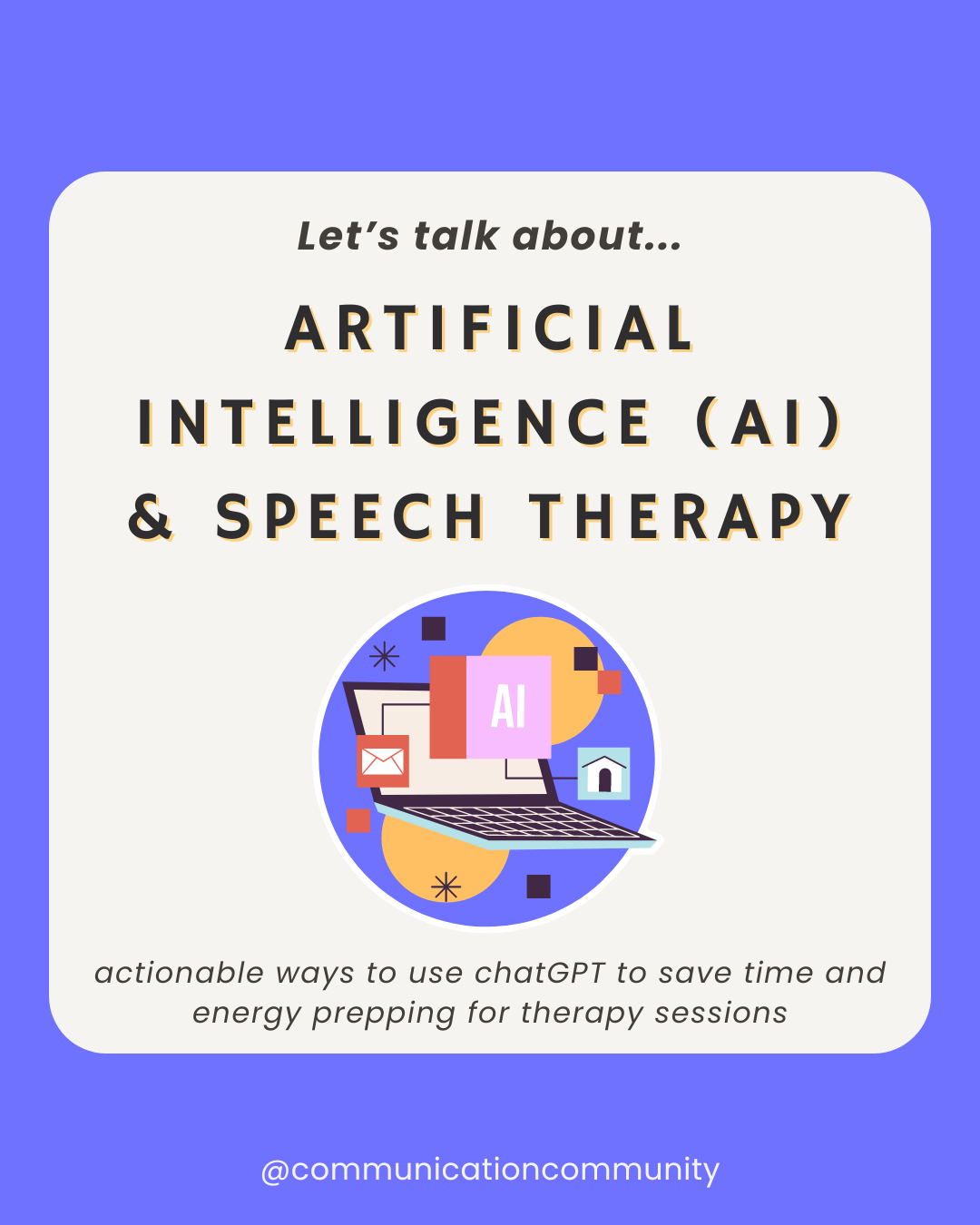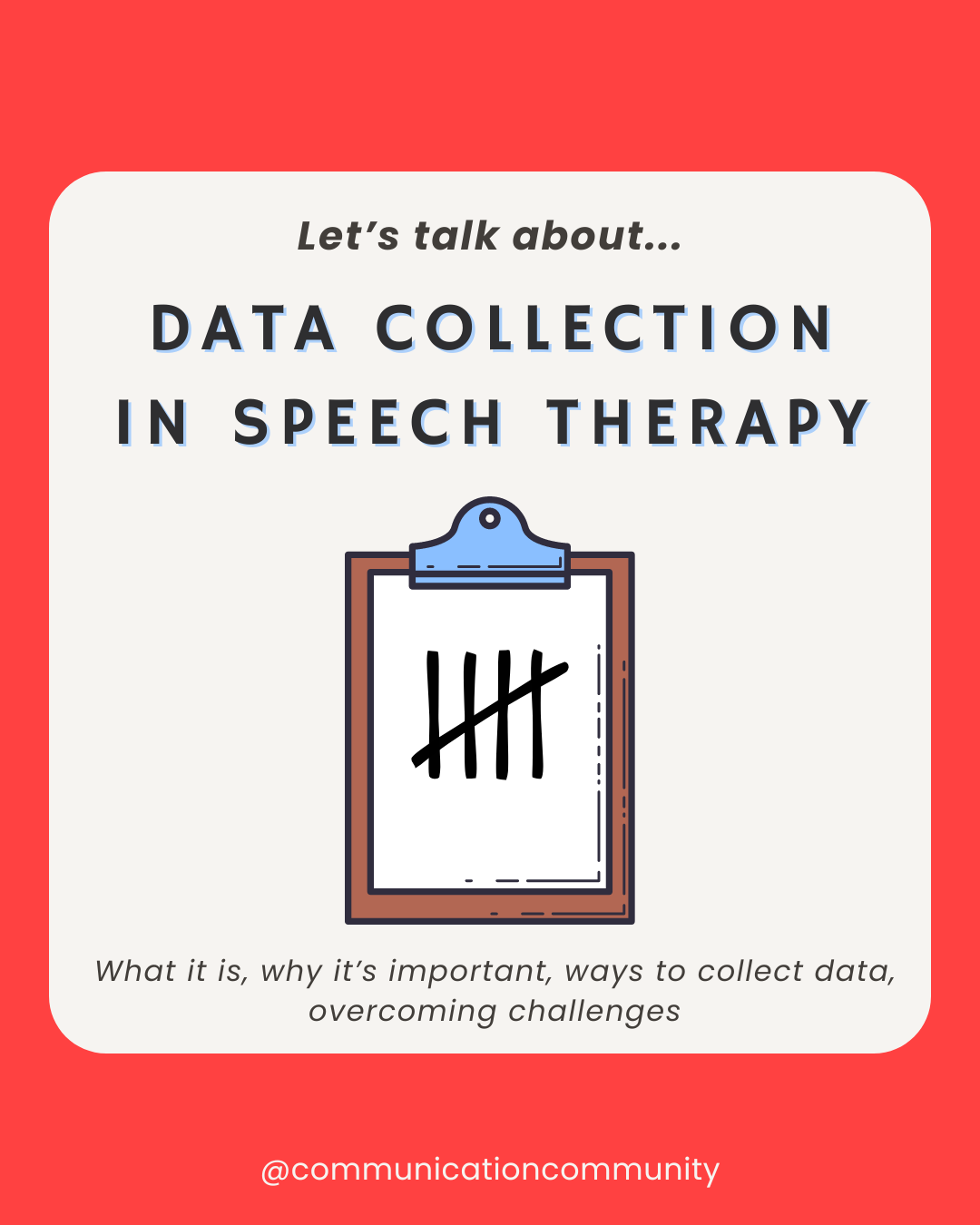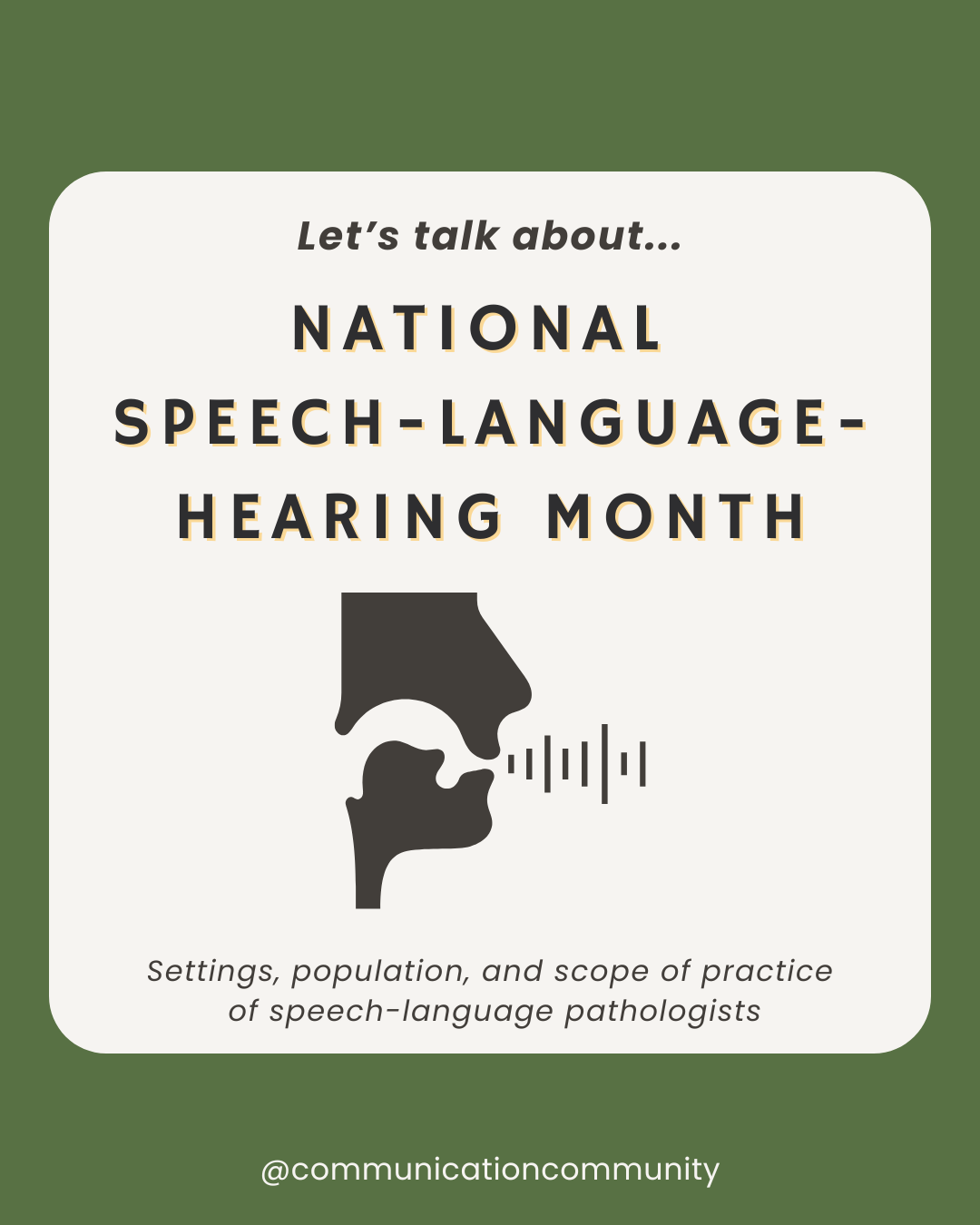What is Aural Rehab?
Aural rehab (AR), not to be confused with “oral rehab,” is a type of assessment and intervention focused on managing hearing loss. “Oral rehab” is not a thing, but “aural” and “oral” sound similar, so confusions may arise sometimes.
Individuals with hearing loss may face a variety of communicative challenges, and professionals can help guide their care.
AR can also be referred to as aural rehabilitation, auditory rehabilitation, hearing rehabilitation, rehabilitative audiology, and audiological rehabilitation.
Who Provides Aural Rehab?
Providing AR falls under the scope of both audiologists and speech-language pathologists (SLPs). Audiologists are responsible for screening, assessing, diagnosing, and treating individuals with hearing loss. This may include giving comprehensive auditory assessments, fitting and programming hearing aids and cochlear implants, and providing hearing device and assistive technology support.
SLPs may conduct hearing screenings, but do not perform full auditory evaluations. Having a hearing loss can impact an individual’s speech and/or language skills. If a hearing loss is suspected or present an SLP may also conduct a speech and language screening or a full diagnostic assessment if it is needed.
Both audiologists and SLPs may develop AR plans of care, which include indicating treatment services needed, evaluating the appropriate assistive technology to be used, counseling, and providing educational information as well.
Why is Aural Rehab Necessary?
Assessing hearing loss and being fitted with hearing aids or cochlear implants are immensely important, but they do not miraculously “solve” hearing loss problems. There are many components to hearing and communicating, and AR is a critical part of managing hearing loss.
What does Aural Rehab Treatment Include?
Assistive technology/Environmental Modifications
This can involve using FM systems and microphones. Individuals with hearing loss may also benefit from environmental modifications, such as sitting close to speakers and improving room acoustics (e.g., placing tennis balls on the bottom of desk chairs). Other modifications include having adequate lighting so individuals with hearing loss can speech read, which is sometimes referred to as lip reading, though there are some differences (more of this mentioned below).
Counseling
This may include counseling both individuals with hearing loss and family members or caregivers, as hearing loss can have a big impact on the lives of those with it and the people they interact with regularly.
Education
This may also be provided to both individuals with hearing loss and family members or caregivers.
Education for individuals with hearing loss can involve:
- Learning and improving communication behaviors and strategies
- Modifying listening environments
- Employing self-advocacy skills
- Protecting hearing abilities
- Enhancing communication with others
As with all factors related to speech and language, it is important to always take into consideration the cultural and linguistic backgrounds of the individuals and families with whom you are working. This includes providing information in a way that can be understood, including using a translator or interpreter, respecting their choices and desires for assessment and treatment, and honoring their priorities.
What are AR Training Techniques?
There are multiple AR training techniques that SLPs may use with individuals with hearing loss. This includes auditory training, communication skills training, and speechreading.
Auditory Training
The purpose of auditory training is to employ an individual’s preserved hearing abilities and help them identify, discriminate and comprehend sounds, words, and conversations. An analytic approach starts from the most basic awareness of sounds to understanding the meaning of a sound, then increasing in complexity from understanding sounds to words to sentences and beyond. For example, this may be hearing a sound, then learning it’s the “g” sound as in “go,” then understanding the difference between the word “go” and “sew,” and understanding the use of the word “go” in a sentence, e.g. “I want to go” means something different than “I want to sew.”
A synthetic approach starts at a more complex level and focuses on using context clues to hear and comprehend sounds and words. This may include looking at a picture or listening to a scenario, then identifying if it makes more sense that a sentence says, “I want to go” instead of “I want to sew.” The synthetic approach does use the analytic approach of identifying sounds in functional contexts, and often, auditory training uses a combination of both the analytic and synthetic approaches.
Communication Skills Training
There are various areas of focus within communication skills training, and specific targets depend on the individual and their skills and goals. Within communication skills training, an individual may work on one or more of the following skills:
- Resolving communication breakdowns
- Learning self-advocacy skills
- Improving pragmatic language skills
- Targeting speech areas (articulation and voice)
Speechreading
You have probably heard the term “lipreading” before, which is when you look at someone’s mouth when they’re speaking and use it to help decipher what they’re saying. Speechreading uses this AND other visual information to help understand the message of what someone is communicating. This includes paying attention to their lips but also their facial expressions and gestures as well.
Looking for more information about AR or hearing?
We hope you found this information in this article helpful. For other resources, check out our post on newborn hearing screenings, our question and answer post with an audiologist, and our question and answer post with a Teacher of the deaf.

Citations/further resources:
https://www.asha.org/practice-portal/professional-issues/aural-rehabilitation-for-adults/#collapse_1
